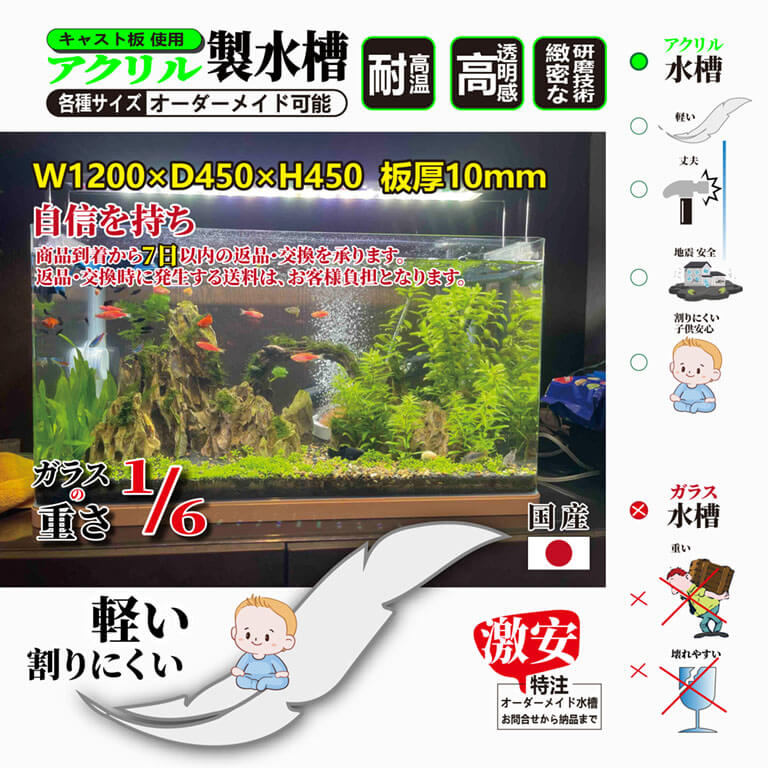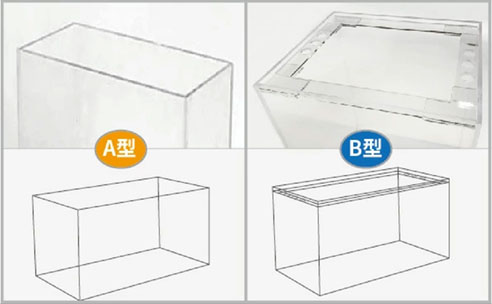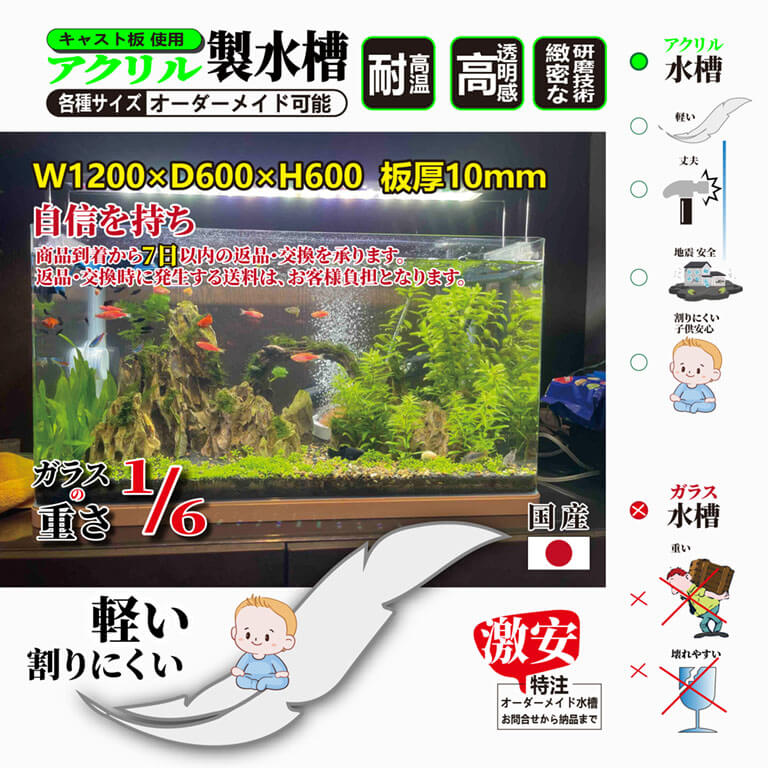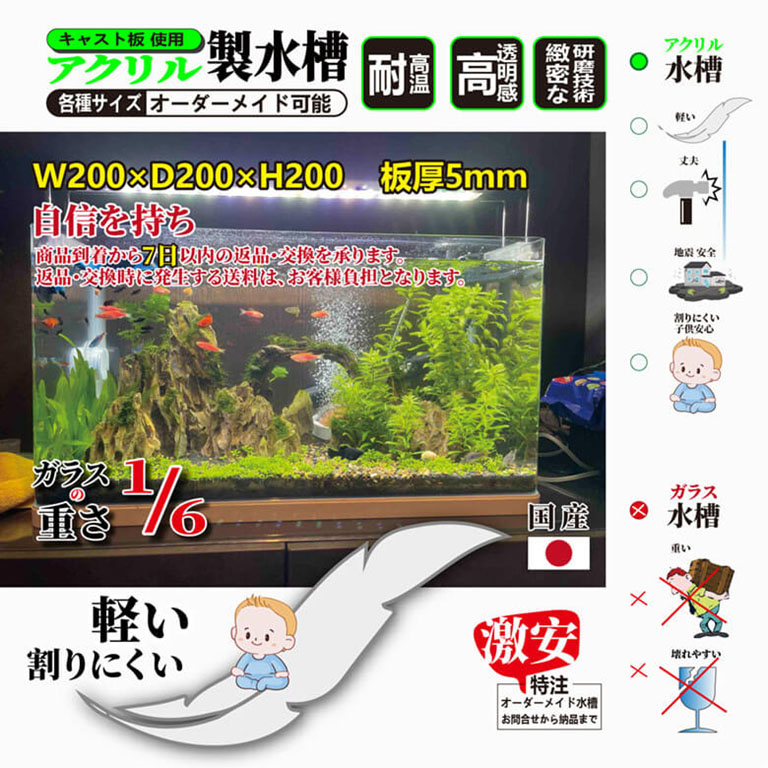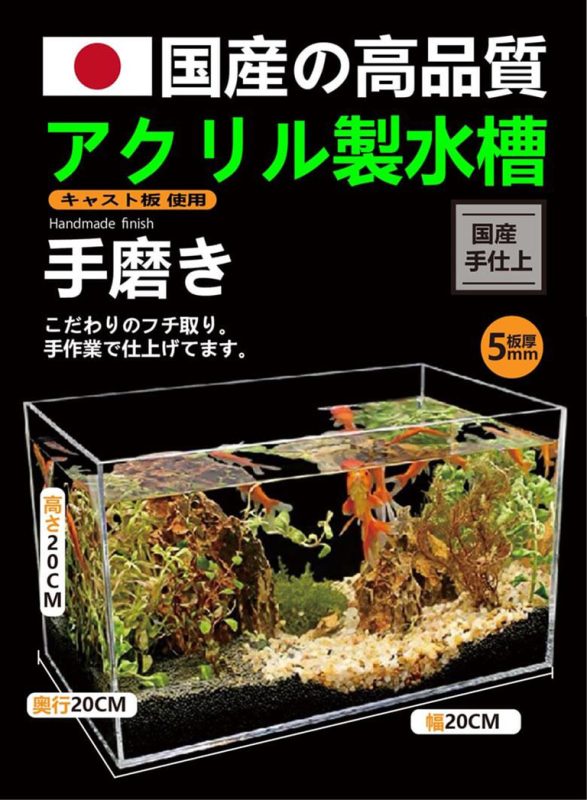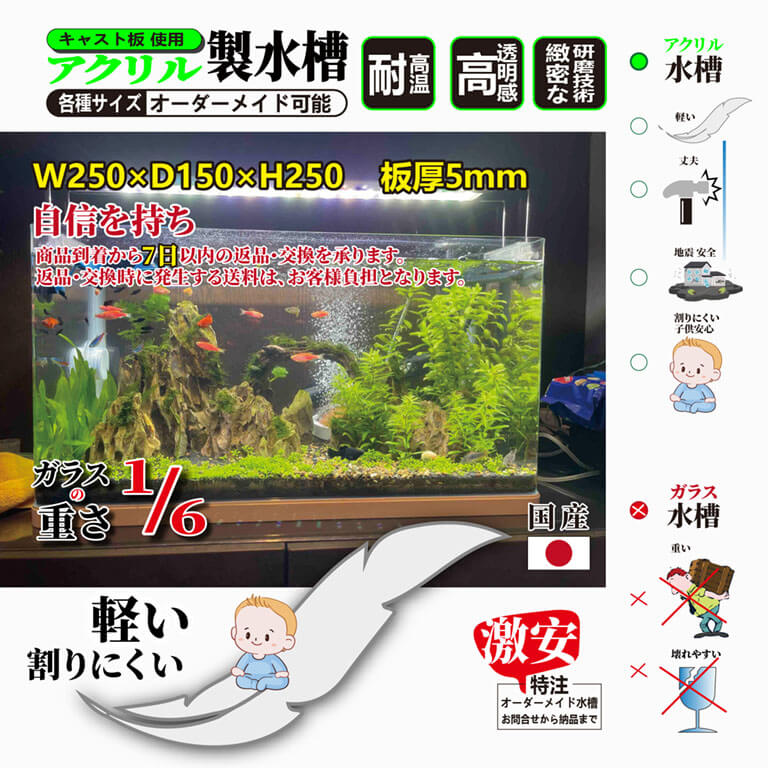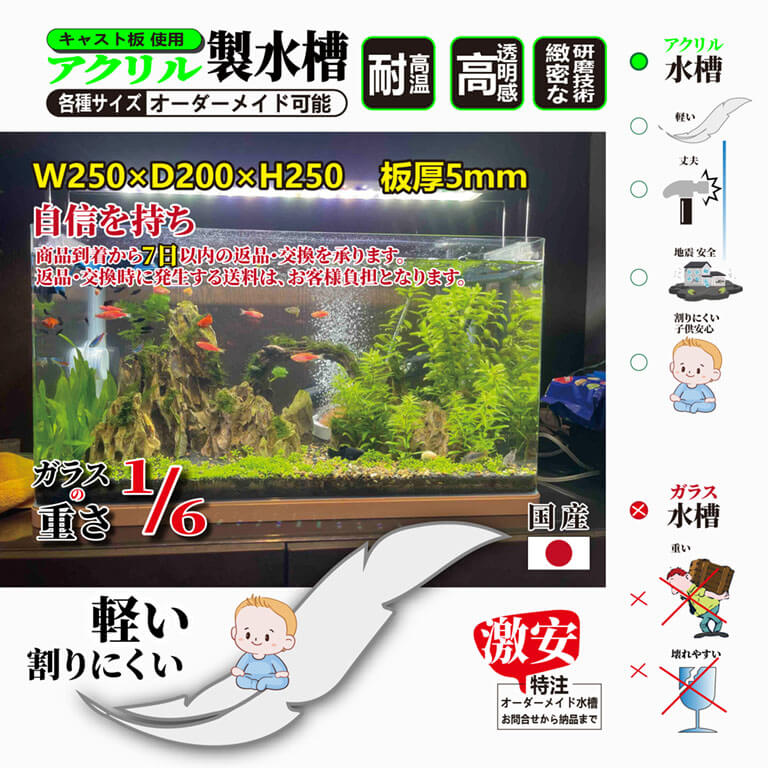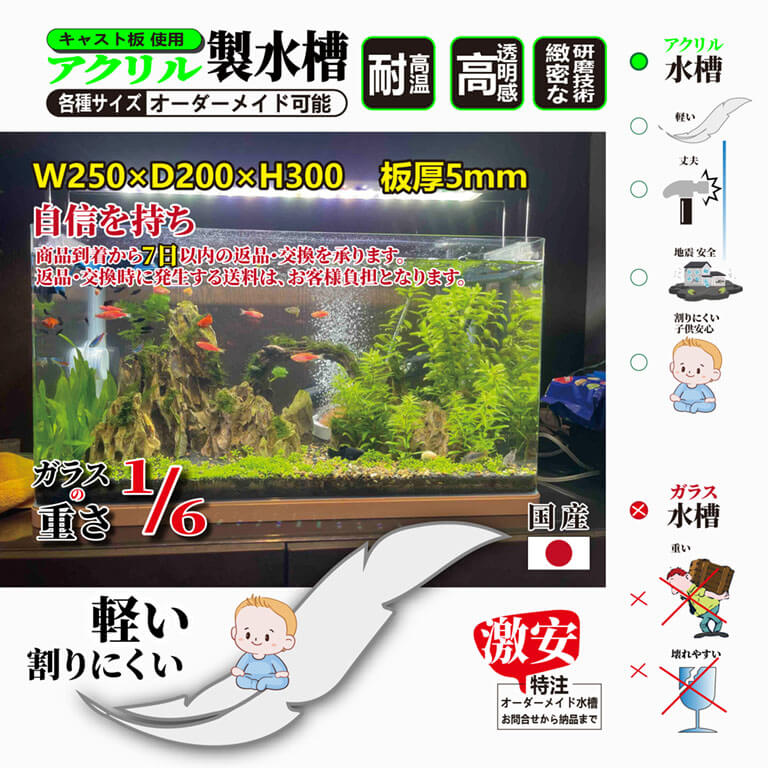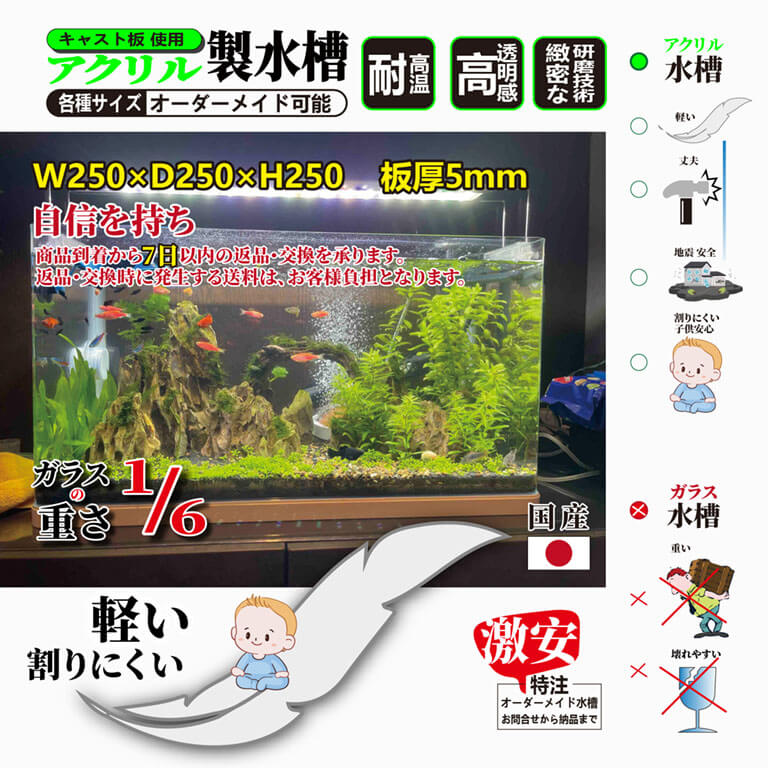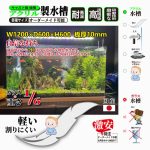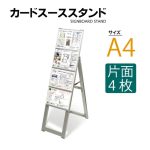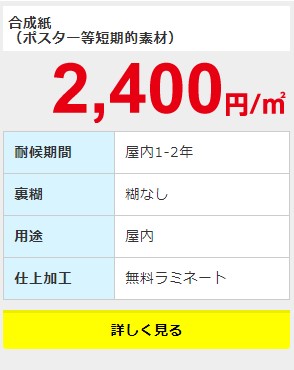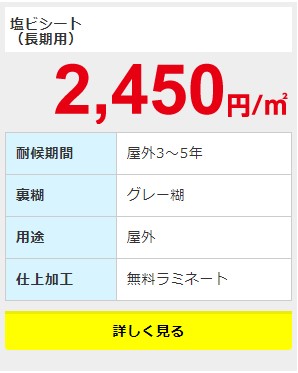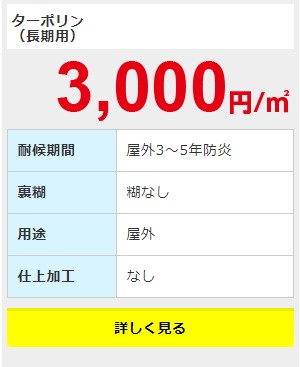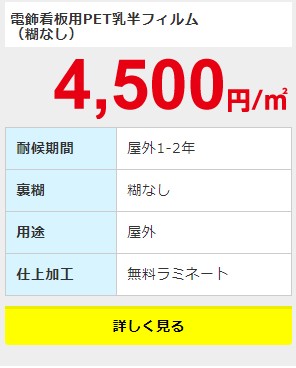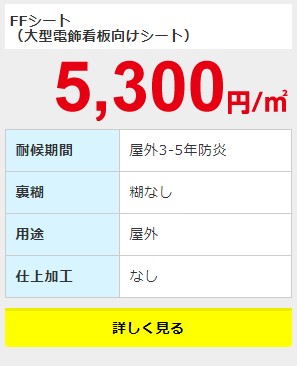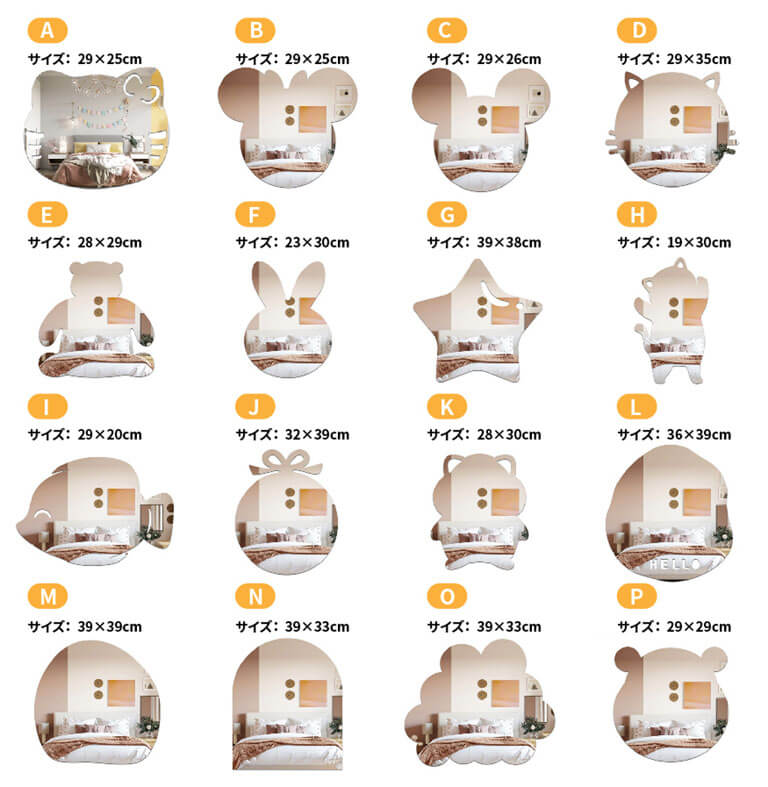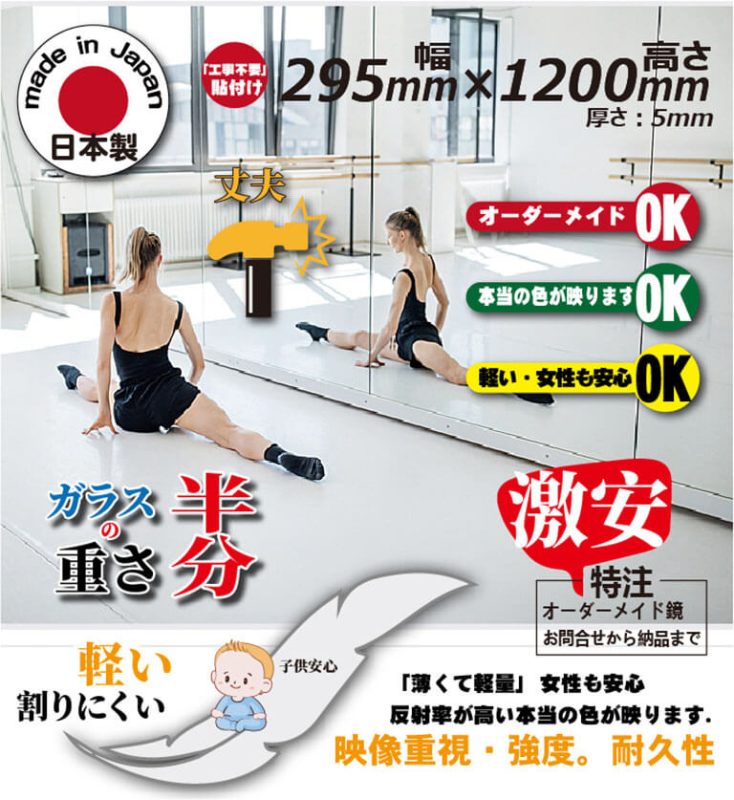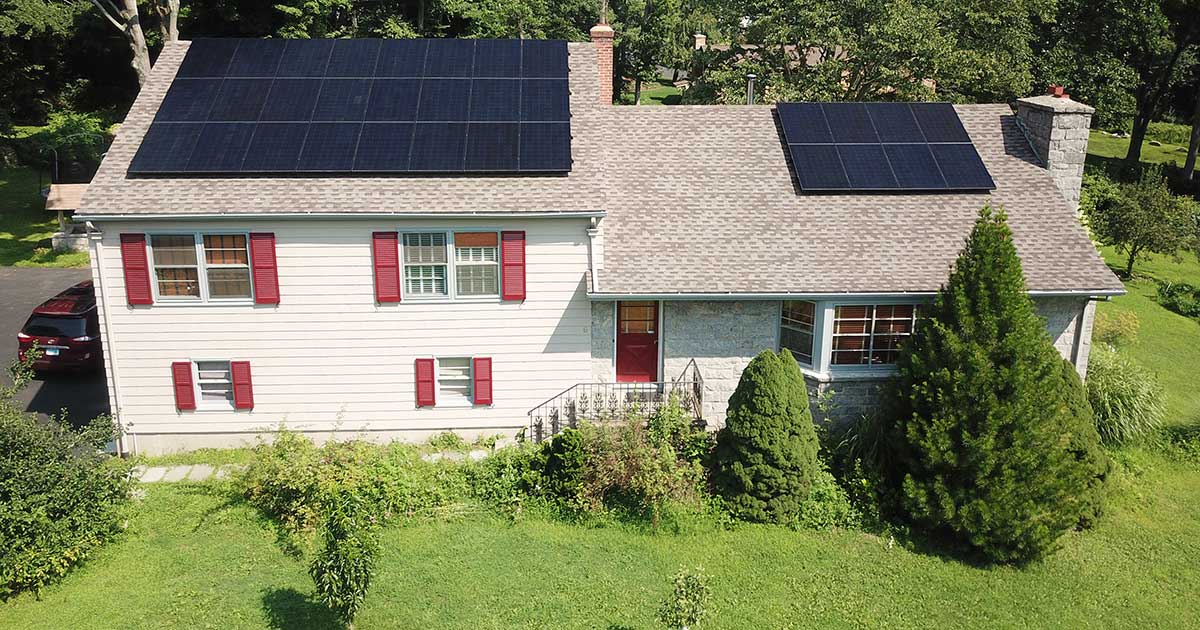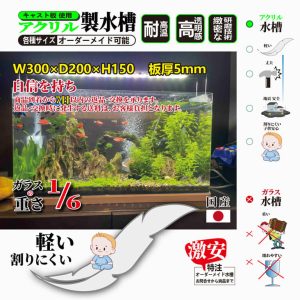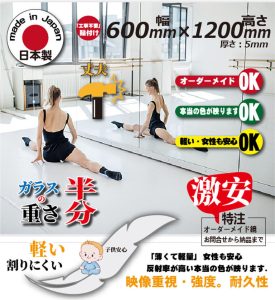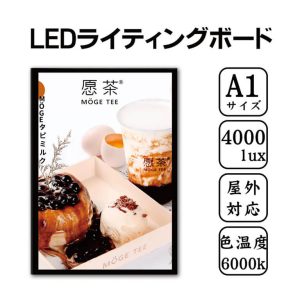Begin with Power Performance
Making the home energy-efficient before installing a renewable resource system will conserve money on power expenses. Energy-efficiency enhancements can save energy and avoid heat or trendy air from running away. Homeowners can get home energy assessments and set up proper insulation, air securing, and ENERGY STAR- qualified windows, heating and cooling devices, kitchen appliances, and lights systems. Smart water usage, offered daylight, correct landscape design, and native vegetation can also enhance home performance.
Integrate Renewable Energy
As soon as home energy-efficiency improvements have actually been made, property owners are best positioned to take into consideration options for mounting a renewable resource system.
Geothermal Warm Pumps
Geothermal heat pumps, also known as ground source or water resource heatpump, transfer warmth right into and out of the home, making use of the ground as both a warmth source and a warm sink. These pumps can accomplish performances a couple of times more than generally used air resource heatpump (ASHPs), because they depend on the fairly regular ground temperature levels to move heat to or from a home. Throughout much of the United States, the temperature level of the top 10 feet of the ground stays between 45deg; deg; F and 75 deg; F, and frequently between simply 50deg; deg; F and 60 deg; F.More Here renewable-energy-advisors.com At our site By comparison, air temperature levels can range, over the course of a year, from listed below 0deg; deg; F to over 100 deg; F. Geothermal heat pumps are long-lasting and sturdy, and specially equipped systems can also supply warm water during the summer season. While purchasing and installing a geothermal heatpump sets you back more than installing an ASHP system with comparable capability, the extra prices can be redeemed with power financial savings in 10 to 15 years compared with ASHPs.
Solar Water Home Heating
Solar water heaters make use of sunshine to warm water for the home. Solar water furnace use protected tank and solar batteries to capture and maintain heat from the sun, and heat flowing water. Solar hot water heater need a back-up system, such as conventional warm water heaters, when there wants sunlight.
Solar Power Solutions
Solar solar (PV) systems transform sunlight right into electrical power. Solar power can produce all or several of a homes electrical power requires, depending upon the variety of photovoltaic panels used, and can heat up water as well. With sufficient sunshine, PV systems can harness power in hot and cold climates. The fundamental building block of a PV system is the solar cell. Multiple solar cells create modules called photovoltaic panels that range in outcome from 10 to 400 watts. Panels are made to make it through tornado and hailstorm damages and are resistant to deterioration from ultraviolet rays. They are extremely dependable and call for little upkeep. Panels are typically organized together on a structure rooftop or at ground degree in a rack to form a PV selection. The array can be installed at a fixed angle or on a tracking gadget that follows the sun to make best use of sunlight capture.
Wind Energy Solution
Small household wind power systems can produce all or a few of a homes power demands(if adequate acreage and typical wind rates are readily available) and can be incorporated with solar and battery storage space to supply emergency back-up power. Wind turbines make use of the motion of the wind to transform a shaft connected to a generator, that makes electricity. The size of the wind turbine and the rate of the wind establish how much electrical power it will certainly make. Normal domestic wind energy systems have power scores varying from 5 to 30 kilowatts. To be an appropriate candidate for a wind system, a homeowner ought to have at least one acre of land and stay in an area that has a typical yearly wind rate of at the very least 10 miles per hour. The generator tower height should be picked based upon the height of close-by wind obstructions, such as buildings or vegetation, and are commonly 60 to 140 feet high.
Estimated Prices
Federal and state rewards can significantly minimize the upfront prices of setting up a renewable resource system. The Database of State Rewards for Renewables Effectiveness can aid home owners discover rewards near them. Plus, renewable resource systems can spend for themselves in time. Grid-connected solar and wind systems are particularly affordable since excess power is returned to the power grid and can gain house owners direct rebates or credit scores from regional energy carriers.
- Solar PV systems set you back regarding $3 per watt set up. A 7,000 watt (7 kilowatt) system for that reason sets you back concerning $21,000 to mount. Such a system would certainly provide 20 to 35 kilowatt-hours of electrical power daily, depending on climate, and might satisfy the majority of a homes
- demand. Solar warm water systems can satisfy 50% of the hot water needs for a family members of 4 and typically expense between $5,000 and $7,000 to mount.
- Tiny wind energy systems set you back an average of $5 per 120 kilowatts to mount. Buying and installing a system can vary from $10,000 to $70,000, depending on regional zoning, allowing, and energy interconnection prices.
Marketing Energy
Many property owners can sell any type of excess power their solar and wind systems produce back to their energy providers and, as a result, repay their renewable resource financial investments more quickly. Most states have established net metering guidelines for clients that produce excess electrical power through solar, wind, or other systems and feed it right into the grid. In internet metering, a bi-directional meter records both the electrical energy the home draws from the grid and the excess electricity the home owners system feeds back right into the grid.
